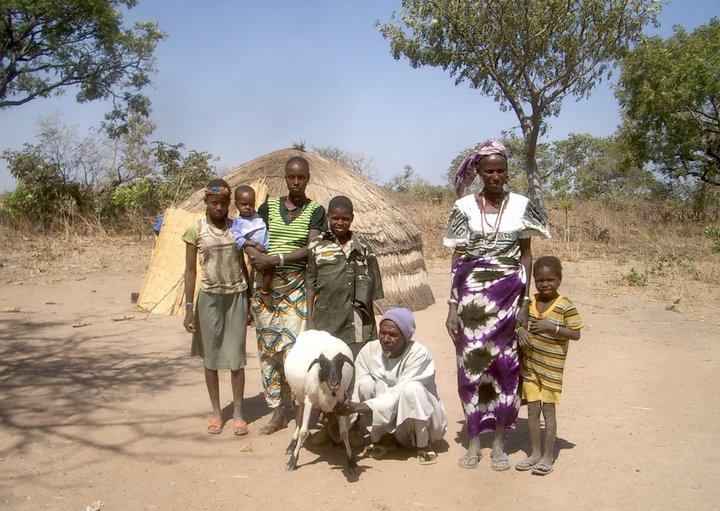Women and men in tropical dry forests: A preliminary review

In their new paper 'Women and men in tropical dry forests: a preliminary review', Colfer, Elias and Jamnadass put the spotlight on several phenomena of significance from a gender perspective in dry forests.
By Mohamed El-Khateeb, Bioversity International Gender Intern
Inhabitants of dry forests face many challenges. Frequent droughts often lead to food shortages and result in a vicious circle of land overuse and reduced human wellbeing. Women from dry forest communities experience different vulnerabilities than men.
In their paper 'Women and men in tropical dry forests: a preliminary review', Colfer, Elias and Jamnadass focus on seven phenomena of significance from a gender perspective in dry forests:
- Population pressure
- Migration
- Interpersonal and intergroup conflict
- Significant hierarchies of power
- Strict gender differentiation
- Commercialization of crops and non timber forest products (NFTPs)
- Fuelwood collection
They demonstrate that these factors are closely interlinked. For instance, population growth leads to significant out migration, mostly male, in search of jobs. The expansion of agribusiness and land grabbing practices further compel newly landless farmers to migrate in search of arable land or paid work opportunities and add further stress on already scarce resources.
This phenomenon is also linked to an increase in the number of female-headed households in rural areas, which changes cropping patterns and farming systems, as more women work on fields and crops previously tended to by men.
Such increased pressure on rural households can culminate in higher levels of intra-household conflicts and increased incidence of gender-based violence against women, as men feel unable to single-handedly fulfill the household’s financial needs and women take on new economic roles.
Women face other important challenges in dry forests, including limited access to and control over land and trees, with important differences existing among women from different age and social groups. Despite highlighting trends, the authors caution against overgeneralizations, as each area and social group will have unique dynamics that must be understood in the design and implementation of forest-based projects.
The authors discuss issues of high relevance to development projects seeking to promote conservation and equitable, forest-based livelihoods. For instance, they caution that under some instances commercialization of natural resources can have adverse effects on women’s’ livelihoods.
They cite a seminal study (Schroeder 1999) showing how early efforts to promote women’s gardening activities were eroded due to a shift in donor tendencies towards agroforestry. As trees planted in women’s gardens fell under the control of men, men’s benefits from tree crop revenues came at the expense of women’s gardening income. Intense negotiations and acts of resistance ensued as women tried to safeguard benefits from their gardening endeavors.
Although the paper brings to light adverse trends with respect to gender and dry forests, the authors end their paper with promising suggestions for enhancing gender equality and women’s empowerment in dry forest settings. Recommendations include strategies such as strengthening women’s groups and collective action; engaging with both women and men to challenge traditional gender norms that subordinate women and to enhance inter-gender collaboration; and strengthening women’s ability to make decisions over their reproductive health and family planning. The authors also recommend more research on home gardening and the marginal spaces usually associated with women’s agriculture and forest product collection activities. Such spaces hold great potential for improving dietary diversity, household food security and gender equity.
Read the full paper: Colfer, C., Elias, M. and Jamnadass, R. 2015. Women and men in tropical dry forests: A preliminary review. International Forestry Review 17(S2): 70-90
Photo: The different generations of a farming family. Credit: Bioversity International/M. Elias
